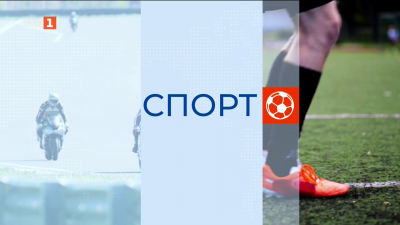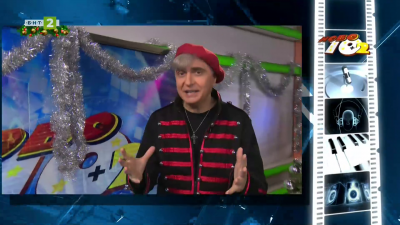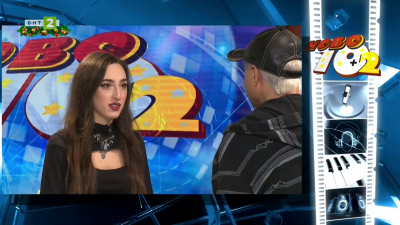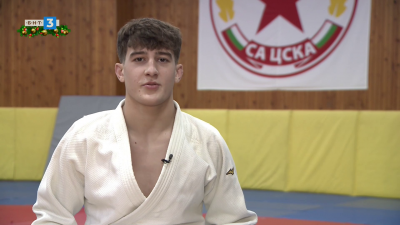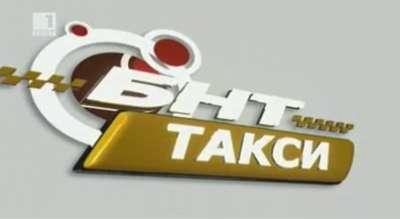ESO: Bulgaria may become an importer of electricity rather than being an exporter if new capacities are not built
Will there be new capacities after the coal plants are shut down?
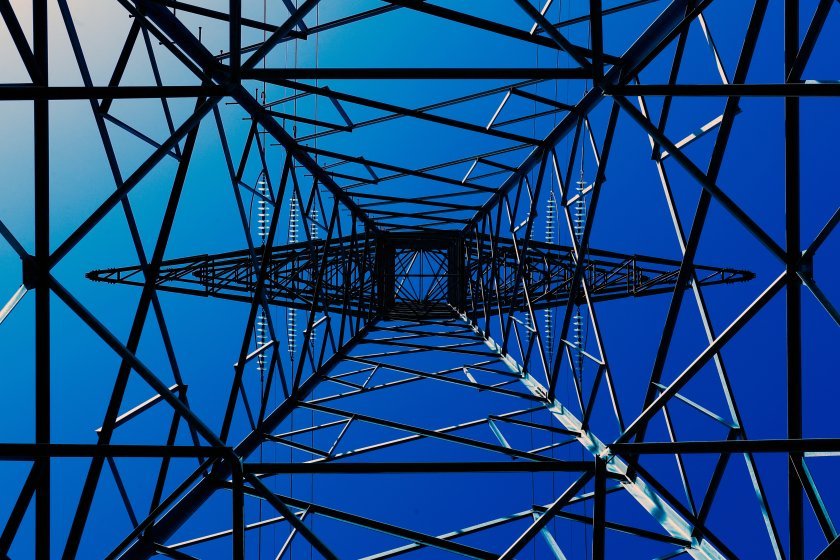
Bulgaria may turn from an exporter into an importer of electricity if new base capacities are not built to replace the coal-fired power plants, which we have to close in the coming years, the head of the Energy System Operator (ESO) warned. According to Kozloduy Nuclear Power Plant CEO Valentin Nikolov, the most realistic scenario is that a new 1,000 megawatt nuclear power plant based on Westinghouse technology could be commissioned in 2030.
In the next 7 years Bulgaria will start the phasing out of the 3 base coal plants in the Maritsa basin. The first one will start shutting down capacity in December. According to ESO, the country is not ready to compensate them.
"It is very possible, if no new base capacities are built, our country may turn from a net exporter into a net importer of electricity," said Angelin Tsachev, ESO's executive director.
Analysts are of a different opinion.
"There is no electricity deficit emerging even in a scenario in which we retire coal plants by 2030. Absolutely no periods of shortages are foreseen even in terms of just a few hours per year. This is happening mostly because we expect an explosion of development of renewable energy sources, plus the development of energy efficiency in the country," explained Konstantsa Rangelova, an expert at the Centre for the Study of Democracy.
According to the Electricity System Operator, however, green energy cannot compensate for peak consumption in winter because of its dependence on sun and wind.
"Given the whole EU decarbonisation policy around 2050, the only baseload capacities that can be built are low-emission baseload capacities or nuclear capacities," said Angelin Tsachev, the ESO's executive director.
Bulgaria is in the process of building a new reactor using Westinghouse technology, new for Europe, at the Kozloduy site, but the process is long.
"There is no such license in the EU and the license will last years, somewhere between 4 and 5 years according to the estimate, and the construction itself will not last more than 4-5 years, so I think 2030 is a realistic period to have such a nuclear power plant operational and we are the first in Europe," said Valentin Nikolov - Executive Director of Kozloduy NPP.
Nikolov warned of a pssibility of another problem - offsetting peak consumption in winter and overproduction of green energy in summer, may threaten the system with collapse:
"If we lose these plants, the whole region will be threatened by a lack of balancing energy. I think we need to prepare very strongly and we are even late in terms of what to do to balance and harness the whole energy system. We are not ready."
Analysts offer a solution:
"The system can very easily be balanced by imports. Also, renewable energy capacities at their peak production will actually lead to very large exports," says Konstantsa Rangelova, an expert at the Institute for the Study of Democracy.
The ESOs disagree:
"What we have done as an estimate is that the best gas power plants should be built in the Sofia area, of course in the Maritsa-East area and in the area of North-Eastern Bulgaria, which would ensure the manoeuvrability in our energy system," said Angelin Tsachev - ESO Executive Director.
The construction of a steam-gas power plant in the Maritsa basin was envisaged in the first version of the Recovery and Resilience Plan. After several revisions, it was changed to batteries for storing electricity produced by renewable energy sources.
Get the latest news wherever you are!
Follow us on
Facebook
and
Instagram
Follow BNT’s YouTube channel
You can now also watch us on
TikTok
Find us on
Google News









